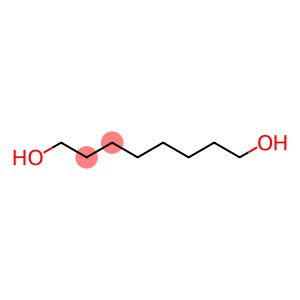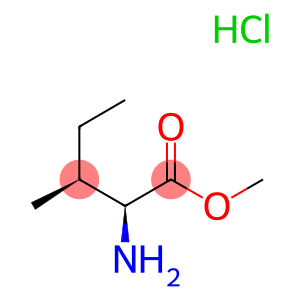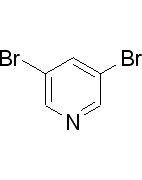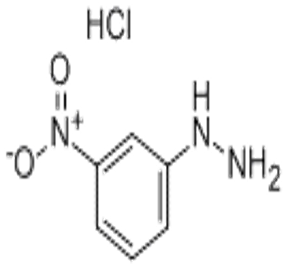1,8-Octanediol(CAS#629-41-4)
| Risk Codes | R20/21/22 – Harmful by inhalation, in contact with skin and if swallowed. R36/37/38 – Irritating to eyes, respiratory system and skin. |
| Safety Description | S26 – In case of contact with eyes, rinse immediately with plenty of water and seek medical advice. S37/39 – Wear suitable gloves and eye/face protection S24/25 – Avoid contact with skin and eyes. |
| WGK Germany | 3 |
| HS Code | 29053980 |
1,8-Octanediol(CAS#629-41-4) Introduction
1,8-Octanediol is an organic compound. The following is an introduction to the properties, uses, preparation methods and safety information of 1,8-octandiol:
Quality:
1,8-Caprylyl glycol is a colorless and transparent liquid with a sweet taste. It has a low vapor pressure and viscosity at room temperature and is soluble in water and most organic solvents.
Use:
1,8-Octanediol has a range of applications. It is often used as a raw material for softeners, plasticizers and lubricants.
Method:
1,8-Octanediol can be prepared by oxidation of octanol. A common method is the catalytic oxidation reaction of octanol with oxygen, in which a copper-chromium catalyst is often used.
Safety Information:
1,8-Octanediol is a relatively safe compound under general conditions. Exposure to or inhalation of high concentrations of 1,8-caprylydiol may cause irritation to the eyes, skin, and respiratory tract. When handling 1,8-octanediol, protective glasses, gloves and masks should be worn to ensure good ventilation. Take care to avoid contact with strong oxidants and ignition sources to prevent fire or explosion. When storing and handling 1,8-caprylydiol, follow the relevant safety operating standards and regulations.








